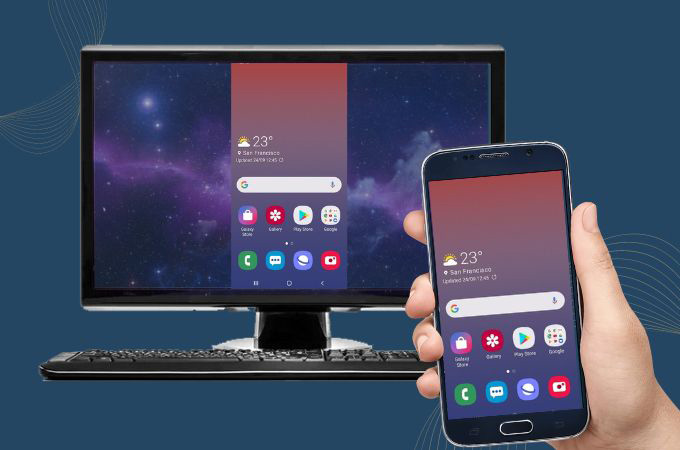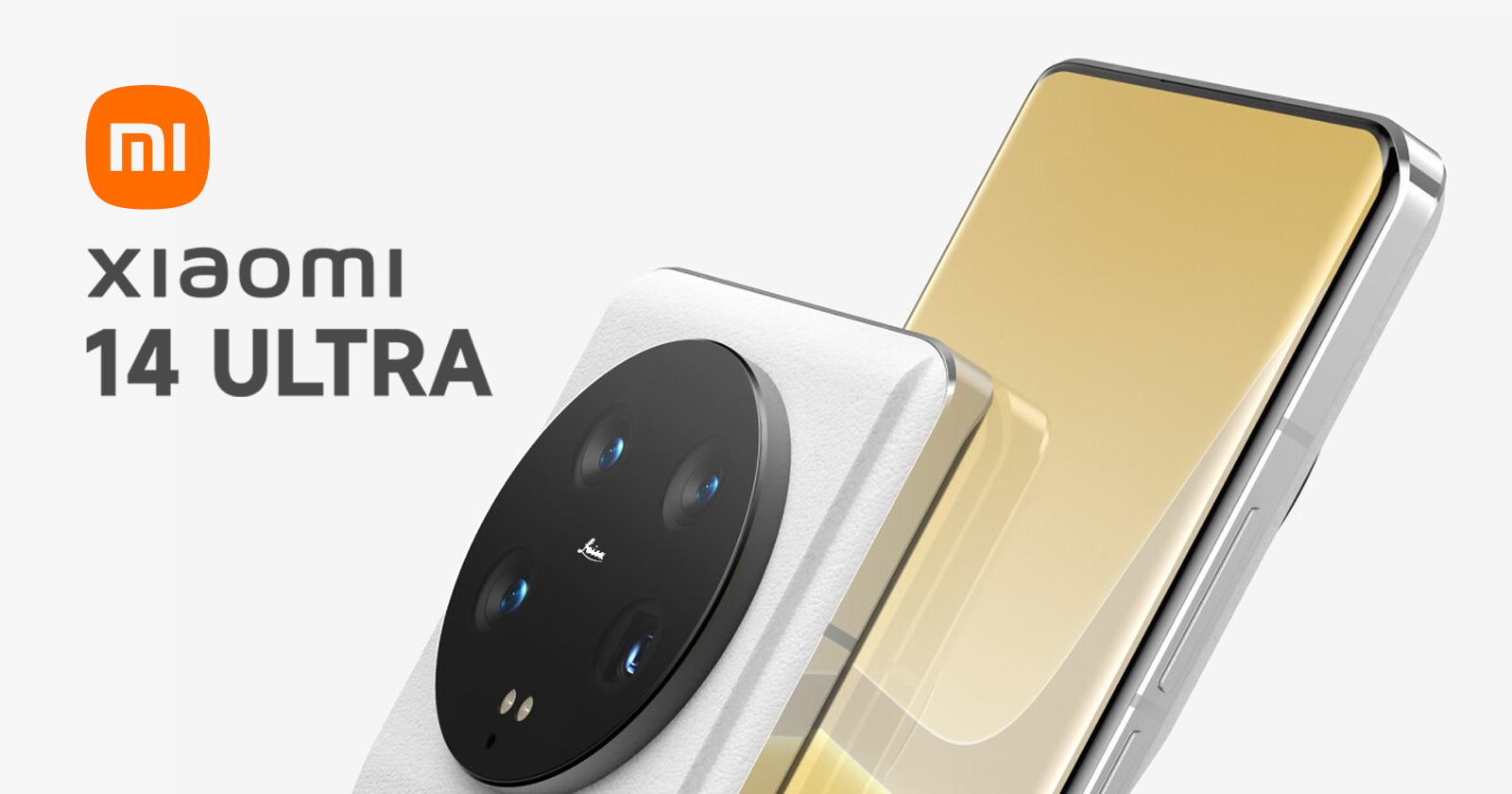The browser is still quite gluttonous
Google is still trying to fix the biggest problem with the Windows 10 operating system’s proprietary Chrome browser. We are talking about the gluttony of the browser – Chrome uses too much RAM resources.

Google’s new attempt to fix Windows 10’s biggest Chrome problem
With Chrome 87, the company has significantly improved the browser’s performance, but it still consumes too much RAM. Now Google is making a new attempt to cope with the scourge. Engineers are working on the PartitionAlloc FastMalloc function, which will allow even in the most “difficult” cases to keep the RAM usage for certain processes within 10%. In other words, Google will improve RAM management and caching to improve overall browser performance.
Google originally planned to use a new Windows 10 feature called SegmentHeap, a modern implementation of the so-called “heap” (a data structure using dynamic memory allocation). When Microsoft activated SegmentHeap support in its proprietary Chromium-based Edge browser, it said that the move reduced memory usage by 27% due to this move.
Apparently, Google ditched SegmentHeap altogether because Microsoft’s function was unable to “manage heap types.” According to Google, without heap type control in Windows 10, it cannot activate SegmentHeap for some processes. Also, it is noted that SegmentHeap degrades the performance for CPU-intensive processes.
As a result, Google decided to close the SegmentHeap project altogether and start developing the PartitionAlloc FastMalloc function, which will allow memory allocation while improving security and performance. The feature is already included in an early test build of Chrome Canary and is scheduled for a consumer release in 2021.








